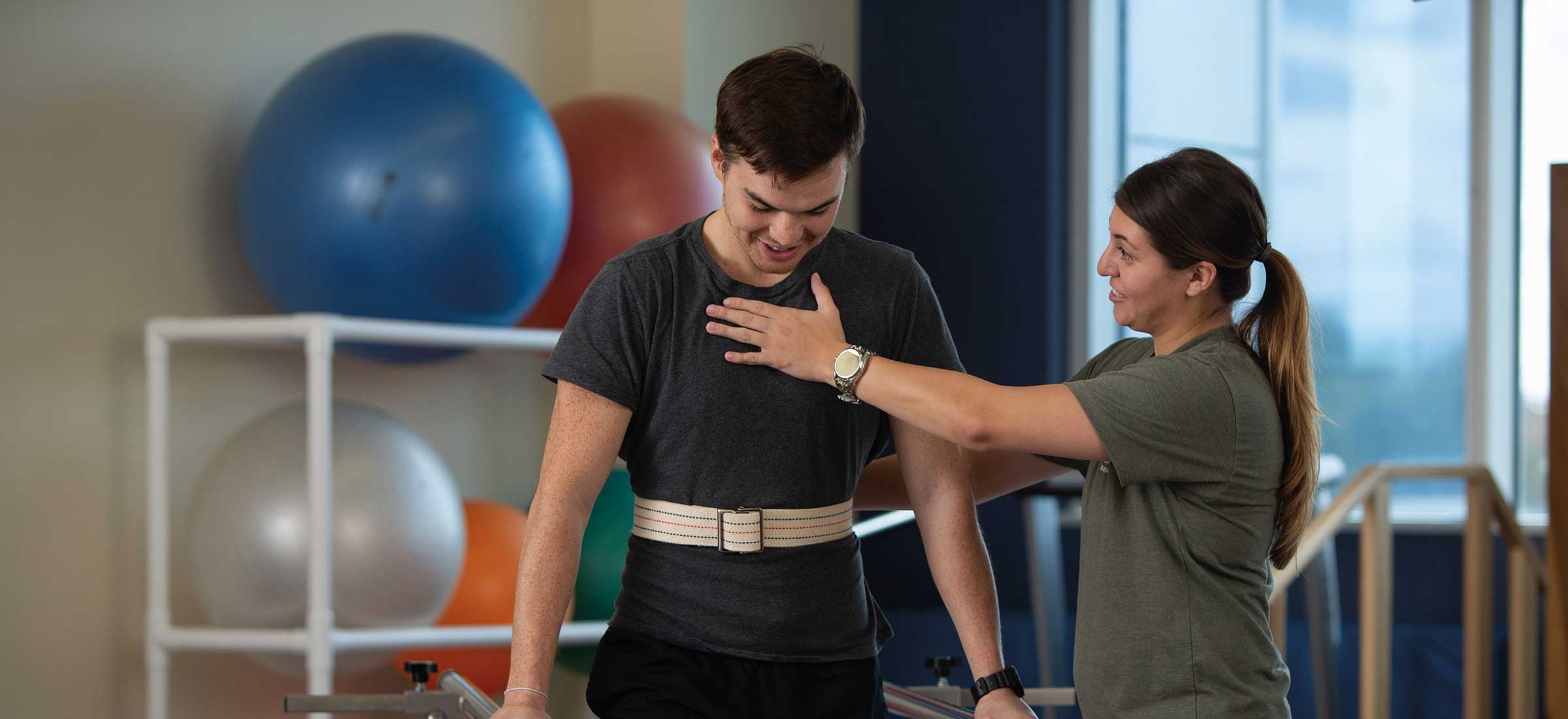Investigating the Effect of Manual Therapy Methods on Alleviating Muscle and Joint Discomfort and Enhancing Client Outcomes
Investigating the Effect of Manual Therapy Methods on Alleviating Muscle and Joint Discomfort and Enhancing Client Outcomes
Blog Article
Hands-on treatment methods are manual methods used by medical providers to treat musculoskeletal pain. Such methods include different types of adjustment and mobilization of the body’s muscle tissue and joints. The objective of manual treatment is to relieve pain, enhance movement, and enhance overall function. Numerous people suffer from musculoskeletal discomfort due to injuries, suboptimal alignment, or conditions like arthritis. By using manual treatment, practitioners aim to address these concerns and help patients regain their quality of living.
One frequent hands-on therapy technique is vertebral adjustment. This technique involves using precise pressure to the vertebral column to enhance alignment and decrease pain. Research has shown that spinal manipulation can be beneficial in treating lumbar spinal discomfort and cervical discomfort. Another method is gentle connective tissue manipulation, which focuses on relieving tension in the muscles and connective tissues. This can help alleviate rigidity and enhance range of motion, making it simpler for clients to move without pain. Both techniques can be customized to meet the specific needs of each patient, ensuring a custom method to treatment.
In addition to discomfort alleviation, hands-on therapy can enhance client outcomes in multiple aspects. For example, it can boost blood flow, which helps supply nutrients and essential elements to the injured regions of the system. Improved circulation can also encourage healing and reduce inflammation. Additionally, hands-on treatment can help clients develop better body awareness, which is essential for preventing subsequent trauma. By understanding how their physiques move, patients can make more informed choices about their activities and alignment, leading to long-term benefits.
The effectiveness of hands-on treatment is pain management for postural issues often backed by client feedback. Many individuals report notable gains in their discomfort intensity and overall performance after undergoing treatment. This positive response can lead to increased drive for clients to engage in physical activity and rehabilitation programs. When clients feel improved, they are more likely to participate in their recovery process, which can further improve their results. This cooperative method between the provider and the patient is crucial for attaining enduring outcomes.
In conclusion, manual therapy techniques play a critical role in alleviating musculoskeletal pain and improving patient results. By applying techniques such as spinal adjustment and gentle tissue manipulation, medical professionals can help clients recover mobility and reduce pain. The advantages of manual therapy extend further than instant pain relief, as it also encourages recovery and encourages patients to take an active role in their recovery. As more individuals look for effective therapies for muscle and joint issues, manual therapy continues to be an essential option in the field of medicine.